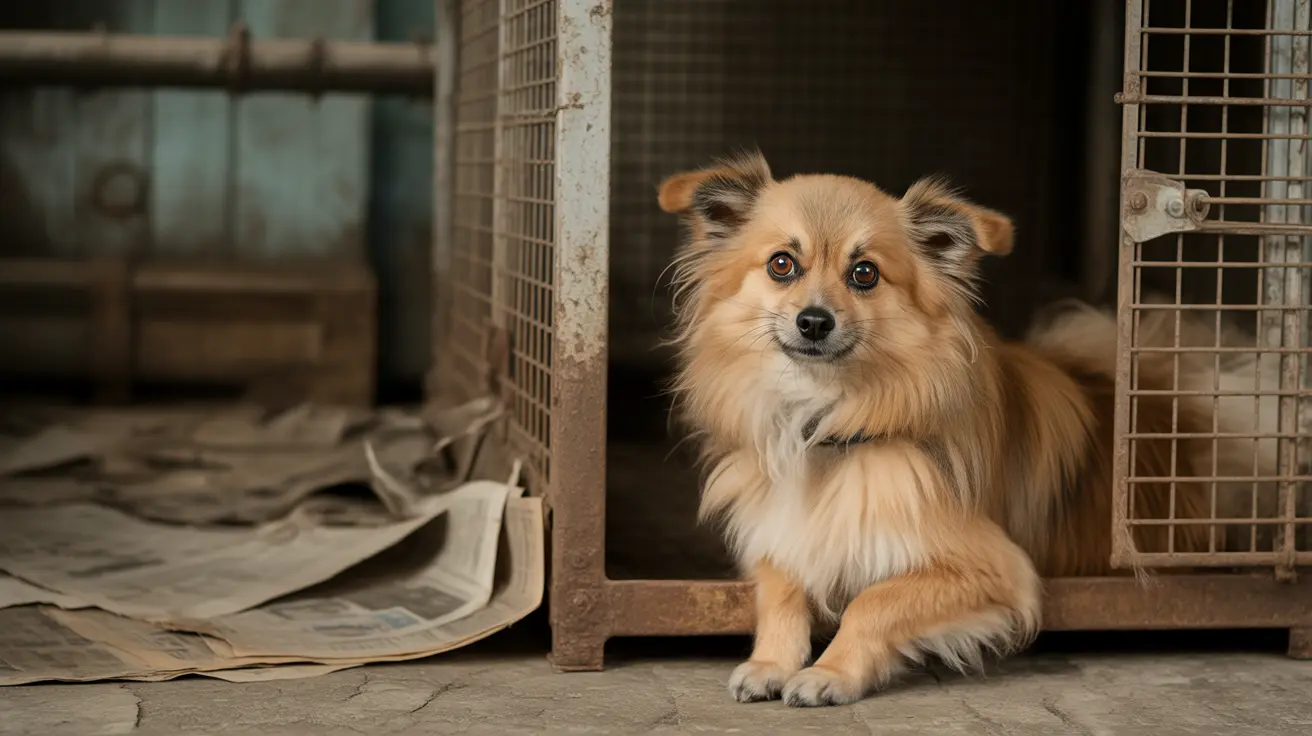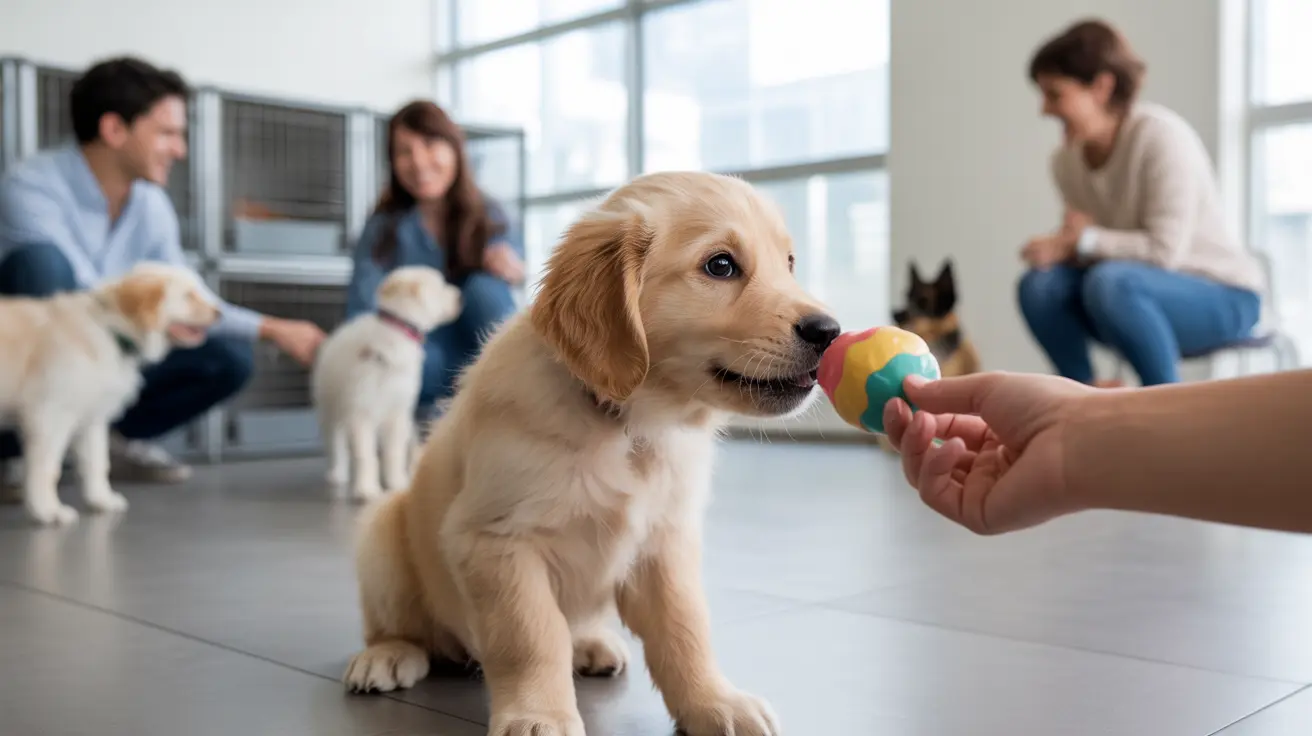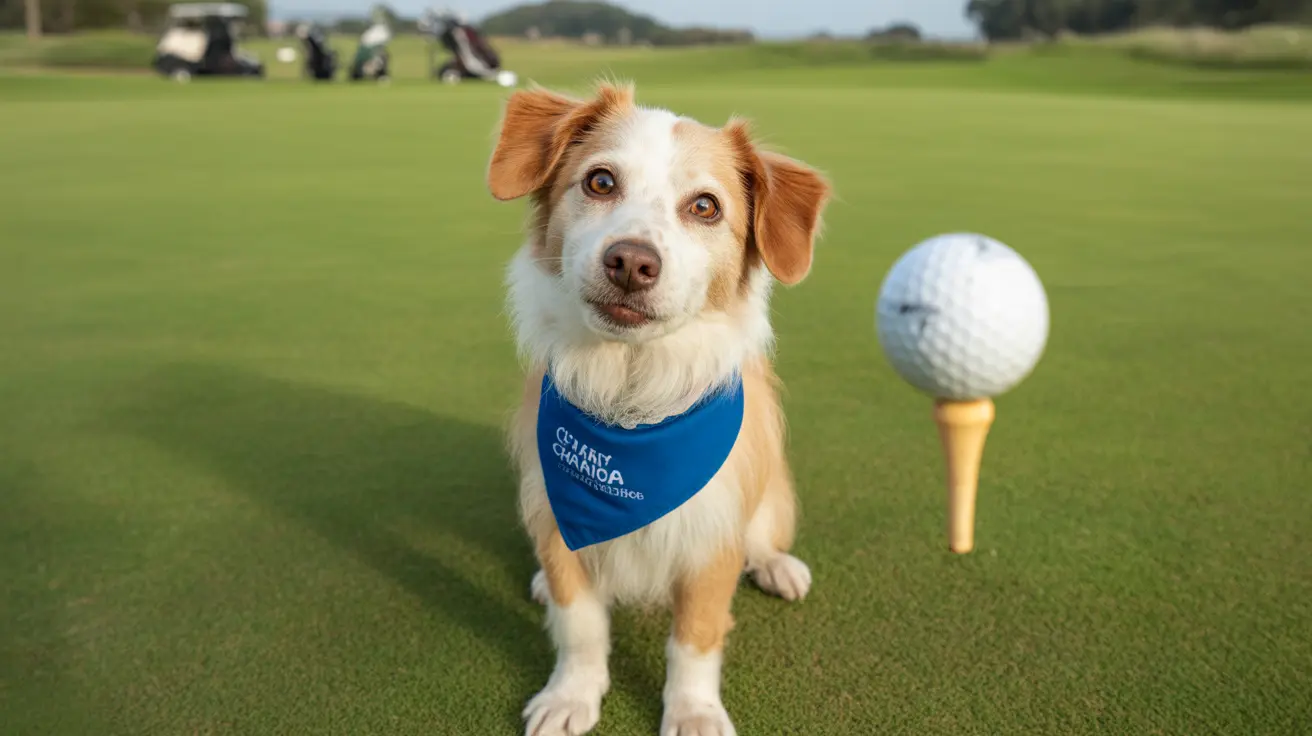The Komondor Dog: Hungary's Iconic Livestock Guardian
The Komondor stands out among dog breeds for its dramatic appearance and unwavering devotion to its flock or family. This large Hungarian breed has spent centuries guarding livestock, and its unique corded coat isn't just for show—it serves practical purposes rooted in the breed's working history.
Physical Characteristics and Appearance
When you first see a Komondor, the long, dense white cords of its coat immediately catch your eye. These cords start developing when the dog is about 8 to 12 months old, as the puppy's fluffy fur begins to mat naturally. The process combines a soft undercoat with a coarser outer coat, eventually forming tight cords that can reach the ground if left untrimmed. Full cord formation takes up to two years, and the cords continue to grow with age.
- Males: At least 27.5 inches tall at the shoulder; over 100 pounds
- Females: At least 25.5 inches tall; 80 pounds or more
- Life expectancy: 10–12 years
The white color of their coat helps them blend in with sheep during daylight hours while still being visible to shepherds at night. This adaptation made them highly effective as guardians on Hungarian pastures.
Coat Care and Grooming Needs
Caring for a Komondor's coat is no small task. Unlike most breeds, you don't brush these dogs—instead, you maintain their cords by hand-separating new mats as they form, especially during the first stages of cord development. Bathing happens only several times a year, but drying takes patience (sometimes an entire day), since moisture gets trapped in those thick cords.
- Regularly trim feet and face hair for hygiene
- Keep ear canals and paw pads clean to prevent infections
- After full cord formation, shedding is minimal
If neglected, mats can form close to the skin and cause discomfort or health issues. Owners must stay vigilant about coat care from puppyhood onward.
A Glimpse Into Their History
The Komondor's roots trace back centuries in Hungary. Ancestors likely arrived with the Magyars during their migration in the 12th and 13th centuries—possibly descending from Tibetan dogs and related to other European flock guardians like the South Russian Ovcharka and Puli. The earliest written mention of the breed dates to 1544.
This breed was prized for its ability to independently guard sheep against predators such as wolves and bears. Their vigilance made them invaluable on remote farms where human oversight was limited.
Temperament: Loyalty Meets Independence
Komondors are deeply devoted to their families or flocks. They're calm and affectionate at home but reserved—and sometimes wary—around strangers. If they sense a threat, they won't hesitate to act defensively.
- Bred for independent thinking and quick decision-making
- Vigilant: often rest during the day and patrol at night
Their strong watchdog instincts remain intact today, making them excellent guardians for both livestock and property—but also requiring careful management in modern settings.
Training, Socialization, and Exercise
Early training is essential if you want a well-adjusted Komondor. These dogs are intelligent but independent-minded; they learn quickly but bore easily without variety or challenge.
- Start obedience training early using positive reinforcement
- Expose puppies consistently to new people, places, situations, and other dogs
If socialization lapses or training isn't consistent, adult Komondors may become excessively protective or even aggressive toward unfamiliar people or animals. Owners must establish clear leadership—otherwise these dogs will rely on their own instincts (which can be formidable).
Their exercise needs are moderate despite their size. Most adults are content with daily walks or playtime in a securely fenced yard. Off-leash play in dog parks isn't recommended due to their protective nature around unknown dogs. Mental stimulation matters just as much; without something meaningful to do (like overseeing a property), boredom can lead to destructive behaviors.
Living With Children and Other Pets
A well-socialized Komondor generally coexists peacefully with children and other pets in its household—though supervision is always wise around small kids due to the dog's sheer size and strength. They tend to consider all household members part of their flock, extending their protective instincts accordingly.
Health Considerations
- The breed is robust overall with few genetic issues
- Some risk of hip dysplasia and entropion (eyelid condition); responsible breeders test for these problems
- Like many large breeds, they're susceptible to bloat (gastric dilatation-volvulus), which requires immediate veterinary attention if it occurs
Routine veterinary care—including vaccinations, parasite prevention, skin/ear checks—is important for keeping your Komondor healthy throughout its life.
The Modern Komondor: Rarity With Purpose
Today you'll find most Komondors in Hungary and the United States; they remain rare worldwide but continue serving as livestock guardians where needed. In some cases they've guarded properties or installations—even during wartime assignments.
This breed isn't for everyone—their grooming needs alone demand commitment—but experienced owners who appreciate intelligence, loyalty, independence, and strong guardian instincts will find much to admire in this remarkable dog.





